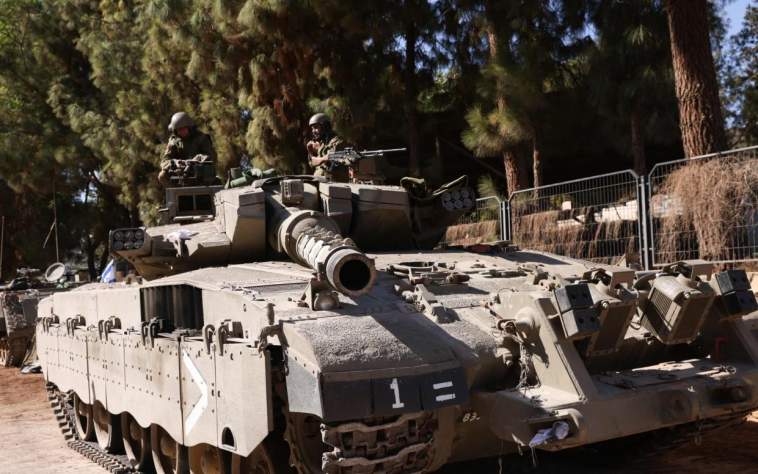(Yahoo) The Israel Defence Forces have been involved in some of the most impressive tank battles of the last 60 years, from the Six Day War in 1967 to the battle for the Sinai in 1973. They have been monumentally successful in exploiting the battle-winning capabilities of the tank: firepower, protection and mobility. We are now seeing this doctrine applied to Gaza, in the form of Israel’s home-developed Merkava tank, designed to be equally effective in the open desert at high speed, or in the streets of a city moving at walking pace. It will be devastatingly effective.
Some commentators watching the war in Ukraine have predicted the end of tank warfare. But these views are based on Russia’s fine demonstration of how not to use armour on the modern battlefield; isolated, without infantry support and vulnerable to drones and Western tanks like the Challenger 2.
Crucially, Russian tank designs trade protection of the crew for firepower and mobility. The result is that they have lost thousands of tanks over the course of the war, with the losses likely surpassing those at the Battle of Kursk in the second world war. The Ukrainians, meanwhile, have adapted their tactics in tank warfare to effectively “tether” a drone to each tank, acting as its “eyes and ears” at the target end, allowing for accurate engagement and rapid adjustments.
In built-up areas the greatest risk to tanks is often posed by anti-tank weapons, mines, roadside bombs and now drones. Protection against these threats is offered by infantry, and the Merkava can carry 5-6 special forces soldiers into battle to provide this. The Merkava is also fitted with a classified “defensive aid suite” offering protection from drones and radio-controlled bombs, and in the worst case scenario the door in the rear allows for safer escape for the tank crew, as opposed to exiting through the turret where small arms fire is a constant risk.






